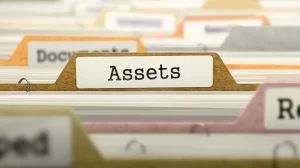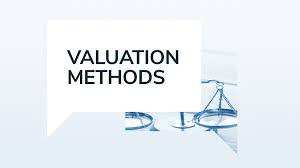What is the total value of the company’s assets as of the balance sheet date?
The balance sheet is a vital financial document that offers a snapshot of a company’s financial standing at a particular moment. One of the key components of the balance sheet is the total value of the company’s assets. This figure represents the cumulative worth of everything the company owns and is a critical indicator of its financial health and stability. Let’s explore what constitutes the total value of a company’s assets and how it can determine.
What Are Assets?
Assets are valuable resources possessed by a company, anticipated to deliver future economic benefits. These can classify into two main categories:
Current Assets:
These assets are anticipated to be turned into cash or consumed within a year or the duration of the business’s operating cycle, whichever is longer.
Current assets typically include:
Cash and Cash Equivalents: Liquid assets such as cash on hand, bank deposits, and short-term investments.
Accounts Receivable: Funds that customers owe to the company for products or services they have received.
Inventory: Goods available for sale or raw materials used in production.
Prepaid Expenses: Advance payments for goods or services that will be utilized at a later date.
Non-Current Assets:
Often referred to as long-term assets, these are assets anticipated to generate economic benefits beyond a one-year period. Non-current assets typically include:
Property, Plant, and Equipment (PP&E): Tangible assets such as land, buildings, machinery, and equipment.
Intangible Assets: Non-physical assets such as patents, trademarks, copyrights, and goodwill.
Long-Term Investments: Investments that intend to hold for an extended period.
Deferred Tax Assets: Taxes that have already paid or carried forward but have yet to be acknowledged in the financial statements.
To visit: https://www.mca.gov.in/
Calculating the Total Value of Assets
To determine the total value of a company’s assets as of the balance sheet date, you need to sum up the values of both current and non-current assets. This typically present in a structured format on the balance sheet, with each category of assets listed separately.
Example Calculation
Let’s consider a hypothetical company, XYZ Corp., to illustrate the calculation of the total value of assets:
Current Assets:
Cash and Cash Equivalents: Rs.50,000
Accounts Receivable: Rs.30,000
Inventory: Rs.20,000
Prepaid Expenses: Rs.5,000
Total Current Assets: Rs.105,000
Non-Current Assets:
Property, Plant, and Equipment: Rs.200,000
Intangible Assets: Rs.50,000
Long-Term Investments: Rs.25,000
Deferred Tax Assets: Rs.10,000
Total Non-Current Assets: Rs.285,000
Total Assets: Rs.105,000 (Current Assets) + Rs.285,000 (Non-Current Assets) = Rs.390,000
Importance of the Total Value of Assets
The total value of assets is a critical measure for several reasons:
Financial Health: It provides insight into the company’s ability to generate future economic benefits and sustain operations.
Solvency: It helps assess whether the company has enough resources to cover its liabilities.
Investment Decisions: Investors and creditors use this information to evaluate the company’s financial stability and make informed decisions.
Benchmarking: It allows for comparison with industry peers and tracking of growth over time.
Conclusion
So, The total value of a company’s assets as of the balance sheet date is a fundamental indicator of its financial position. By understanding what constitutes assets and how to calculate their total value, stakeholders can gain valuable insights into the company’s financial health and make more informed decisions. Whether you are an investor, creditor, or business owner, comprehending the components and significance of a company’s assets is essential for effective financial analysis and planning. For further details access our website: https://vibrantfinserv.com
For further details access our website: https://vibrantfinserv.com
